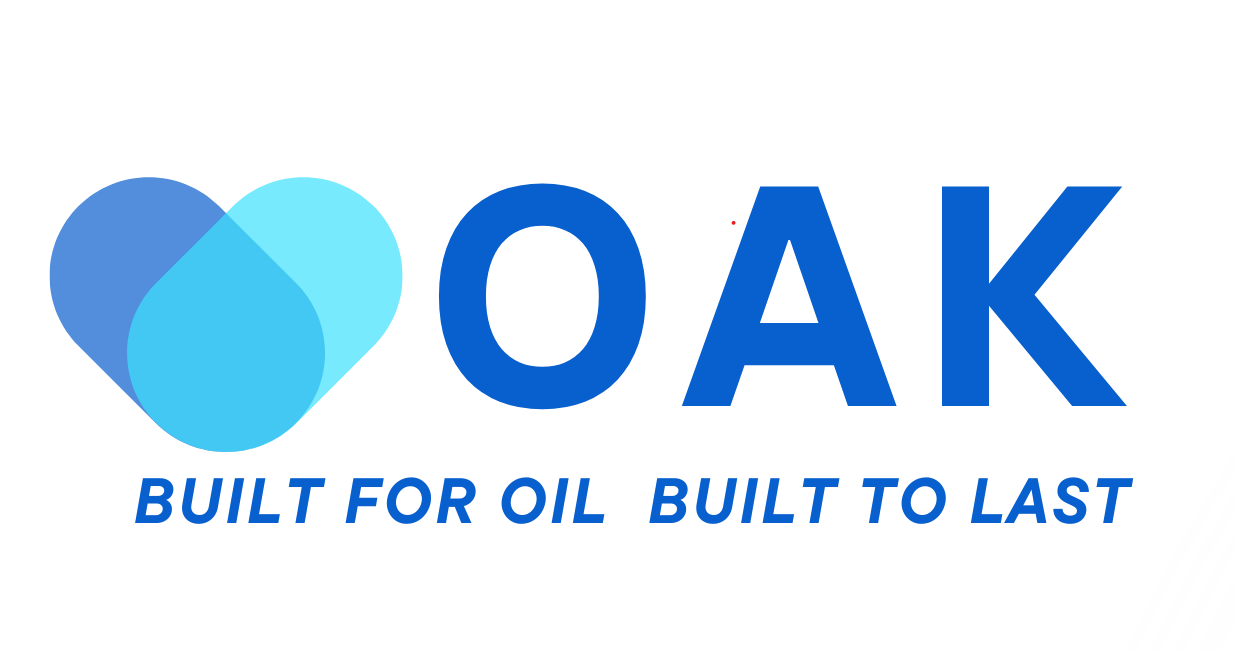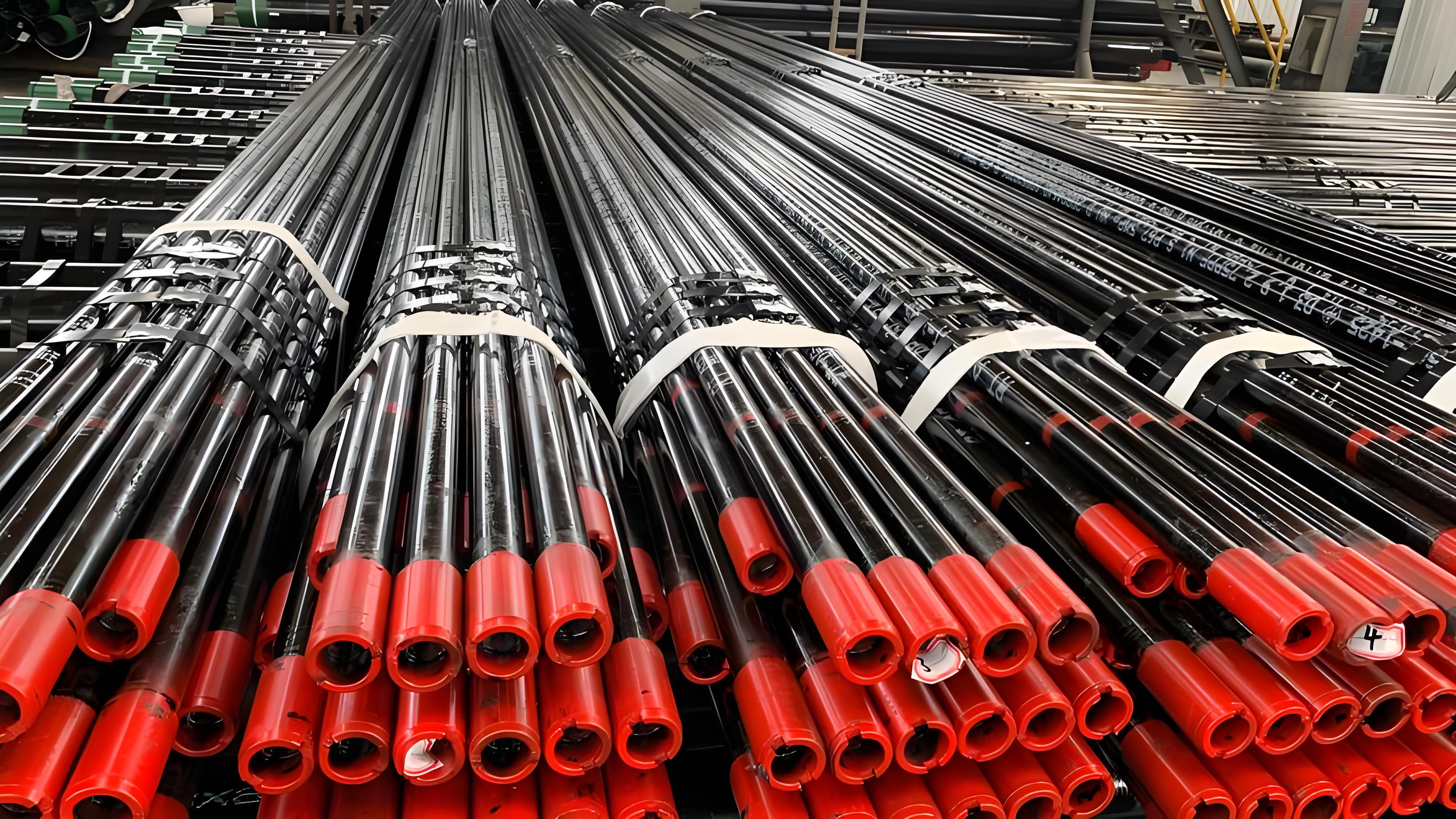Corrosion Resistance Casing
Corrosion Resistance Casing
In the arduous and corrosive environment of oil and gas production, the integrity of well casings is of utmost importance. OAK, a trusted name in the industry, presents its top - notch Corrosion Resistance Casing, engineered to combat the most challenging corrosive conditions and ensure the long - term stability and productivity of oil and gas wells.
CO2 ANTI-CORROSION CASING
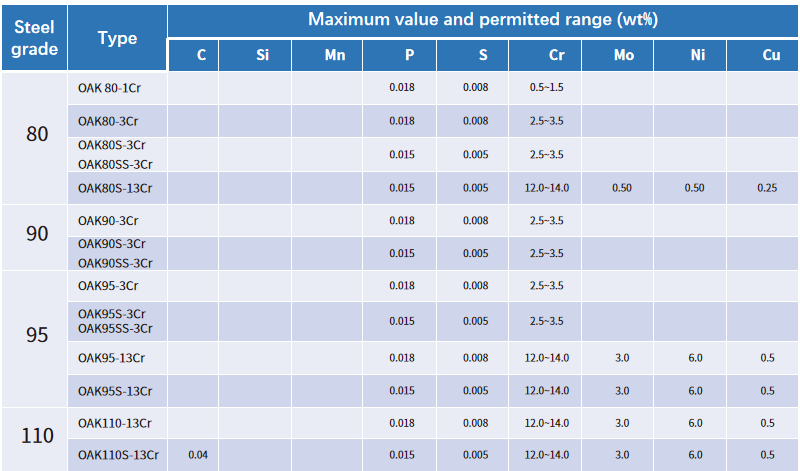
1. Pure steel-----------p≤0.015% , s≤0.008% ;
2. Stable performance-more than 98% martensite structure can be obtained in the total cross-sectional area of quenched steel pipe, and fine and uniform tempered sorbite structure can be formed after tempering
3. Stress Corrosion resistance-the removal of residual stress and the formation of a corrosion-resistant oxide film with one or more atomic layers of high-stability alloy composition
4. The micro-structure is homogeneous --- the grain size is ≥8 grade, the hardness is homogeneous
H2S ANTI-CORROSION CASING
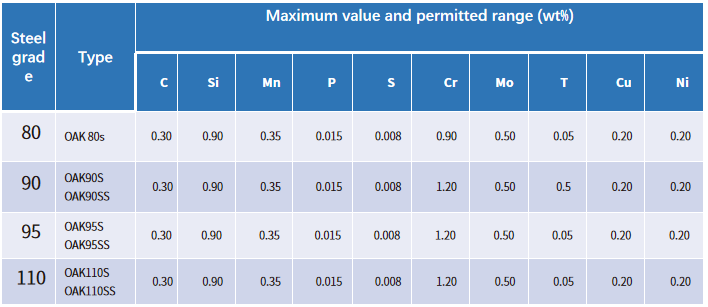
1. Purity of steel grade-adopting high purity steel smelting technology and vacuum degassing method, p ≤0.015% , s ≤0.008% ; adopting
calcium treatment technology, controlling the form of inclusions; controlling the five harmful elements.
2. Stable performance-more than 98% martensite structure can be obtained in the whole section area of quenched steel pipe, and fine and
uniform tempered sorbite structure can be formed after tempering.
3. Resistance to stress corrosion to eliminate residual stress, the corrosion structure of the material surface forms a corrosion-resistant oxide
film with high content of stable alloy components with one or several atomic layer thickness.
4. The micro-structure is homogeneous-the grain size is more than 8 grade and the hardness is homogeneous.
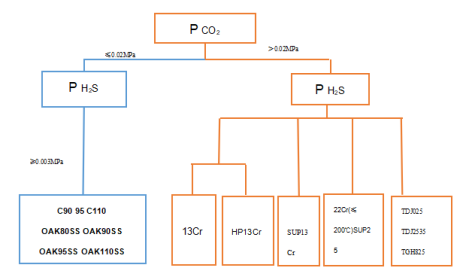
1. Technology Parameters
1.1 Dimensions
Outer Diameter: OAK Corrosion Resistance Casing comes in a diverse range of outer diameters, typically spanning from 4-1/2 inches (114.3 mm) to 20 inches (508 mm). This wide selection enables seamless adaptation to different wellbore sizes, whether it's a small - scale onshore well or a large-scale offshore operation.
Wall Thickness: The wall thickness varies according to the specific grade and the operational requirements of the well. Thicknesses can range from as low as 0.25 inches (6.35 mm) to 1.0 inches (25.4 mm). This flexibility ensures that the casing can endure the internal and external pressures while maintaining its corrosion - resistant properties.
1.2 Grades and Materials
Stainless Steel Grades:
316L Stainless Steel: This grade offers excellent resistance to general corrosion, pitting, and crevice corrosion, especially in environments with high chloride content. It contains a higher amount of molybdenum compared to 304 stainless steel, which enhances its corrosion resistance.
2205 Duplex Stainless Steel: Comprising a balanced ferrite - austenite microstructure, 2205 duplex stainless steel provides a combination of high strength and good corrosion resistance. It is highly resistant to stress corrosion cracking and is suitable for applications in sour gas environments.
Alloy - Based Casing:
Nickel - Based Alloys: Alloys such as Inconel 625 and Hastelloy C-276 are used in extremely corrosive conditions. Inconel 625 has high resistance to oxidation, corrosion, and stress - rupture at elevated temperatures. Hastelloy C-276 is known for its outstanding resistance to a wide range of corrosive media, including strong acids and reducing environments.
Chrome - Molybdenum (Cr - Mo) Alloys: These alloys, like C-70 and C-90 grades, offer enhanced corrosion resistance compared to traditional carbon steel casings. The addition of chromium and molybdenum improves the alloy's ability to withstand corrosion in environments with hydrogen sulfide (H₂S) and carbon dioxide (CO₂).
1.3 Coating Technologies
Internal and External Epoxy Coatings: OAK applies high - quality epoxy coatings to the internal and external surfaces of the casing. These coatings act as a physical barrier, preventing the contact of the base metal with corrosive fluids and gases. Epoxy coatings are highly resistant to chemicals, abrasion, and moisture, providing an extra layer of protection against corrosion.
Zinc - Based Coatings: Hot - dip galvanized coatings are used to protect the casing from atmospheric corrosion. Zinc acts as a sacrificial anode, corroding preferentially to the base steel and thus protecting it. In addition, zinc - rich paints can be applied for enhanced corrosion protection in areas where galvanizing may not be sufficient.
2. Performance
2.1 Superior Corrosion Resistance
OAK Corrosion Resistance Casing is designed to withstand a wide range of corrosive environments. In wells with high CO₂ and H₂S content, the casing's materials and coatings effectively resist the formation of carbonic acid and hydrogen sulfide corrosion. For example, in a CO₂ - rich well, the stainless - steel - based casings can maintain their integrity for extended periods, preventing the formation of pits and perforations that could lead to wellbore failures.
2.2 High Mechanical Strength
Despite its focus on corrosion resistance, the casing does not compromise on mechanical strength. It can withstand the high internal pressures from the flowing oil and gas, as well as the external hydrostatic pressures from the surrounding rock formations. The casing's high tensile and yield strengths ensure that it can endure the installation process, including the forces exerted during running and cementing operations.
2.3 Long - Term Durability
Thanks to its excellent corrosion resistance and mechanical strength, OAK Corrosion Resistance Casing offers long - term durability. This reduces the need for frequent replacements, resulting in significant cost savings over the lifespan of the well. In a well operating in a harsh marine environment, where corrosion rates are typically high, the use of OAK's nickel - based alloy casing has extended the well's service life by several years compared to traditional carbon steel casings.
3. Application Scenarios
3.1 Sour Gas Wells
In sour gas wells, where hydrogen sulfide (H₂S) is present, OAK Corrosion Resistance Casing is the ideal choice. The H₂S can cause severe corrosion, including sulfide stress cracking, in traditional casings. However, our casing, especially those made from nickel - based alloys or high - grade stainless steels, can effectively resist these corrosive effects, ensuring the safe and efficient production of sour gas.
3.2 Offshore Wells
Offshore wells are exposed to a highly corrosive environment due to the presence of seawater and the associated high chloride content. OAK's corrosion - resistant casings, with their epoxy and zinc - based coatings, provide a reliable solution. The casings can withstand the continuous exposure to saltwater, humidity, and the mechanical stresses associated with offshore operations, ensuring the long - term integrity of the well.
3.3 Deep Wells with High - Temperature and High - Pressure Conditions
Deep wells often have high - temperature and high - pressure conditions, which can accelerate corrosion. OAK's corrosion - resistant casings, particularly those made from materials like Inconel 625, are designed to withstand these extreme conditions. The materials maintain their corrosion resistance and mechanical strength at elevated temperatures, ensuring the stability of the wellbore.
3.4 Wells with Aggressive Produced Fluids
In wells where the produced fluids contain aggressive chemicals, such as strong acids or high - salinity brines, OAK Corrosion Resistance Casing can protect the wellbore. The casing's materials and coatings are resistant to chemical attack, preventing the degradation of the casing and maintaining the integrity of the well.
4. Applied Oil Fields and Companies
OAK Corrosion Resistance Casing has been successfully applied in numerous oil fields around the world. In the North Sea oil fields, which are known for their harsh offshore environments, many oil companies rely on OAK's casing to ensure the long - term performance of their wells. The casing's ability to resist corrosion in seawater and high - pressure conditions has made it a preferred choice in this region.
In the Permian Basin in the United States, where some wells produce sour gas, operators have adopted OAK's nickel - based alloy casings. These casings have effectively combated the corrosive effects of H₂S, reducing maintenance costs and improving the overall productivity of the wells.
Among the companies that have chosen OAK Corrosion Resistance Casing are major international oil and gas corporations such as ExxonMobil, BP, and Chevron. These companies recognize the importance of high - quality, corrosion - resistant casings in ensuring the safety and efficiency of their operations and have trusted OAK to provide them with the products they need.
In conclusion, OAK Corrosion Resistance Casing offers a combination of outstanding technology parameters, exceptional performance, and wide - ranging application scenarios. Its use in major oil fields and by leading companies is a testament to its quality and reliability. Whether it's a challenging offshore well or a deep onshore well with corrosive fluids, OAK Corrosion Resistance Casing is the ultimate solution for ensuring the long - term success of oil and gas production.

